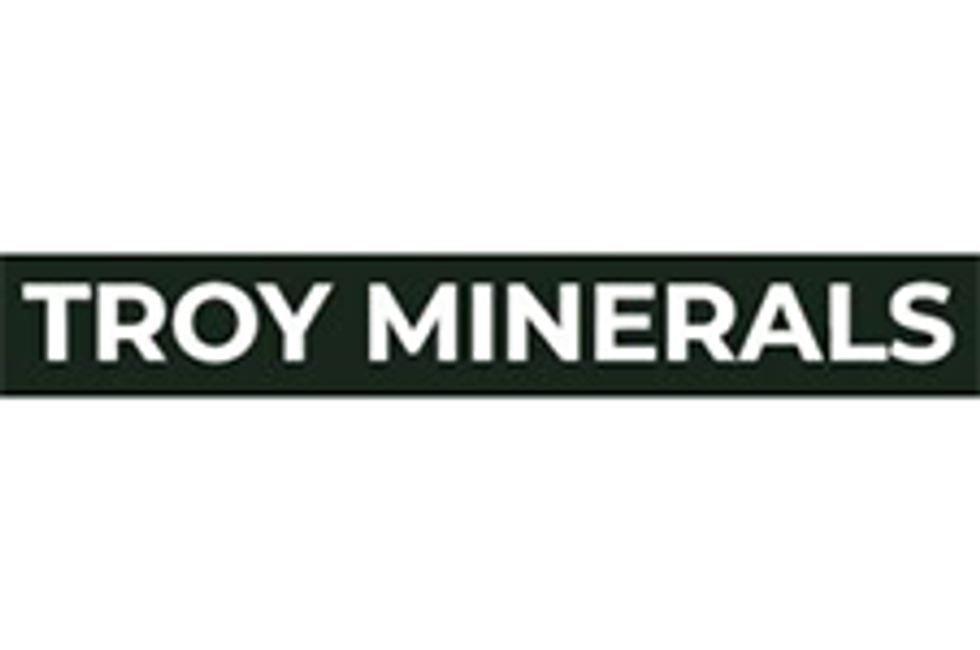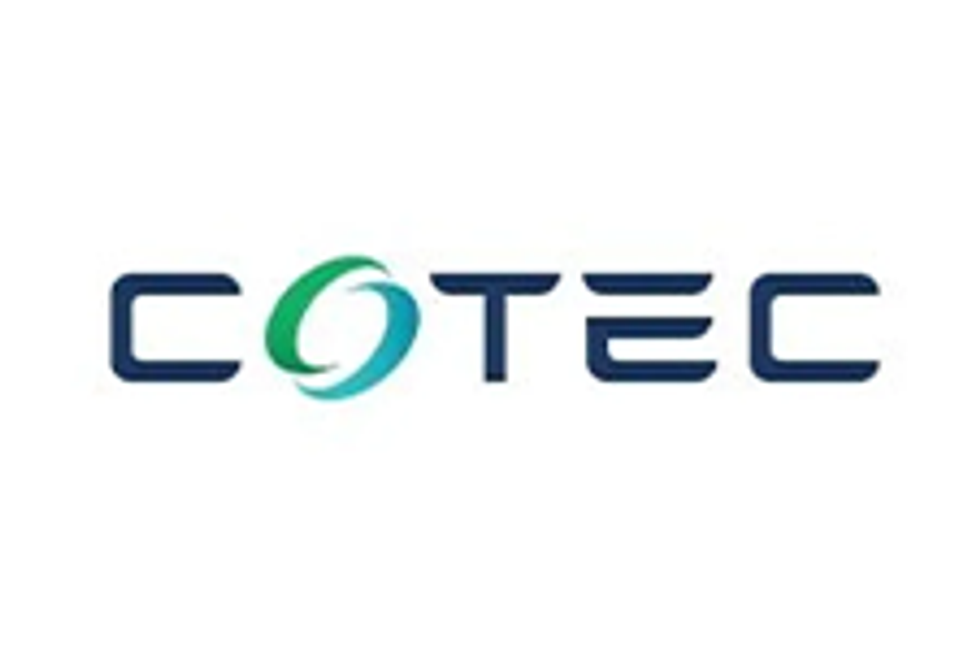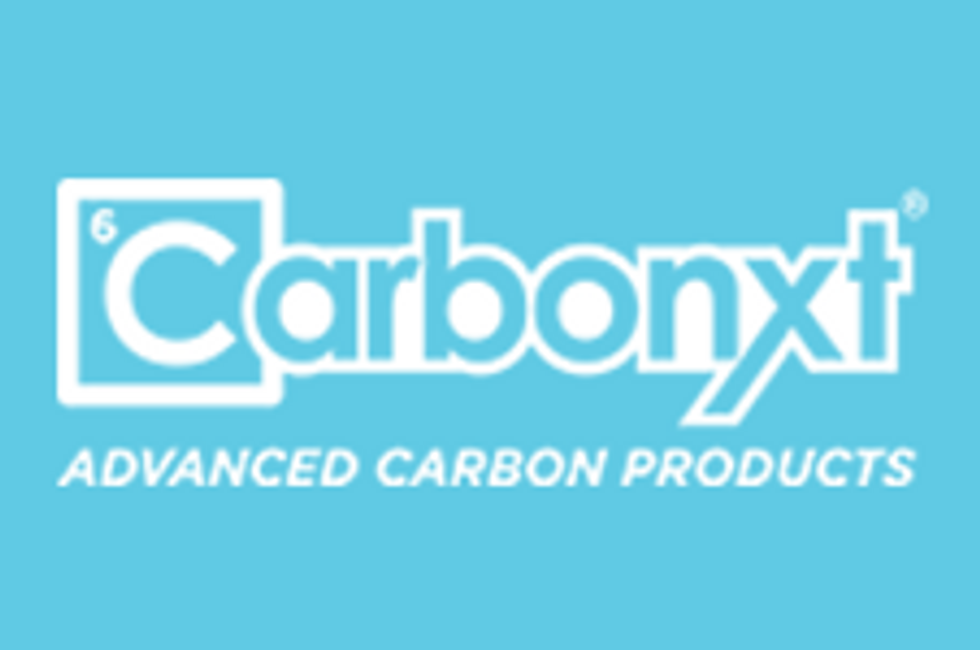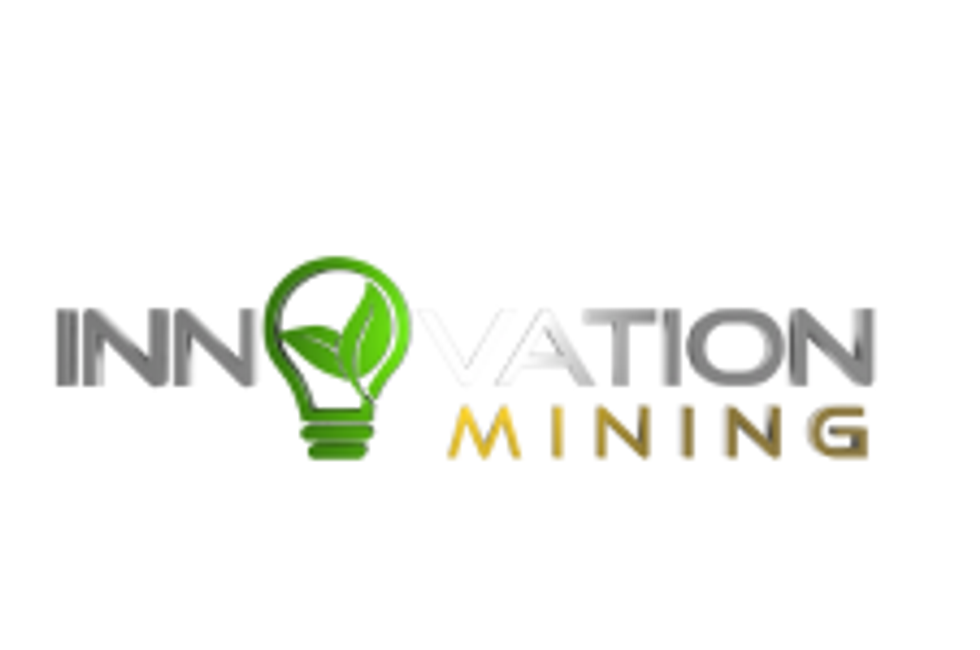
The real story behind the renewable energy company’s bankruptcy filing.
SunEdison Inc. (NYSE:SUNE) is a clean energy company that finances, installs and operates solar power plants and systems. On Thursday, SunEdison shocked industry watchers by filing for Chapter 11 bankruptcy protection. This announcement came after a brief but intense period of unsustainable debt-fueled acquisitions.
Bankruptcy background
For a while, SunEdison was one of the fastest growing solar energy companies in the cleantech sector. SunEdison emerged out of a company called MEMC Electronic Materials. In 2009, Ahmad Chatila took over the company as CEO, and began his seven year quest to turn the creator of silicon wafers into one of the most preeminent solar energy companies. One of his first orders of businesses, upon accepting the position, was to oversee the purchase of fledging solar developer SunEdison. Today, the company operates in three segments: Solar Energy, TerraForm Power and Semiconductor materials. Across these segments, customers have included companies and organization as diverse and noteworthy as Anheuser-Busch (NYSE:BUD), the US Department of Energy, and Whole Foods (NASDAQ:WFM).
However, things took a turn for the worse on Thursday, when the company decided to file for bankruptcy protection. According to Reuters, the company reported that it had assets of $20.7 billion and liabilities of $16.1 billion, as of September 30.
Investor impact
Several high profile investors have been caught in SunEdison’s bankruptcy saga. For instance, OppenheimerFunds has a 11.9 percent stake, BlackRock (NYSE:BLK) has a 6.5 percent stake, The Vanguard Group has a 6.4 percent stake and Adage Capital Partners GP LLC has just over a 5 percent stake.
Trouble for the company started last summer, when SunEdison’s fast, and potentially reckless, expansion left some investors trouble. The company announced a $2.2 billion deal to acquire rooftop solar installer Vivint Solar Inc. (NYSE:VSLR), at a time when the solar industry at large was suffering under falling oil prices and anxiety about demand for alternative energy sources. This deal with Vivint set of a chain reaction involving litigation with some of SunEdison’s listed subsidiaries. For instance, Appaloosa Management sued to prevent TerraForm Power (NASDAQ:TERP) from purchasing Vivint assets. In March, Vivint terminated the deal, after SunEdison failed to close on the planned acquisition.
Adding fuel to the fire, SunEdison is now being investigated by the U.S. Department of Justice and the U.S. Securities and Exchange Commission over the failed Vivint deal, amongst other issues. SunEdison is also being sued by its other subsidiary, TerraForm Global (NASDAQ:GLBL) for misappropriating over $230 million of TerraForm’s cash.
Shares of SunEdison were halted on Thursday morning, and last traded at 34 cents on the NYSE. This was a significant decrease from its 52-week high of $33.45. Thus far, subsidiaries TerraForm Power and TerraForm Global Inc are not part of the bankruptcy. This is because these companies have sufficient liquidity to operate yet, at the same time, their assets are not available to satisfy the claims of SunEdison creditors.
Future steps
Chatila commented that “our decision to initiate a court-supervised restructuring was a difficult but important step to address our immediate liquidity issues.” He further explained that SunEdison intends to use this bankruptcy filing to reduce debt, shed non-core operations and to maximize its technology and intellectual property.
The company has secured up to $300 million in new financing from its first-lien and second-lien lenders. This money, subject to court approval, will be used to finance the company’s operations during bankruptcy. More details from the SunEdison bankruptcy saga are sure to emerge over the coming weeks. Stay tuned for new updates, here on the Investing News Network.
Also, don’t forget to follow us @INN_Technology for real-time news updates.
Securities Disclosure: I, Morag McGreevey, hold no direct investment interest in any company mentioned in this article.





